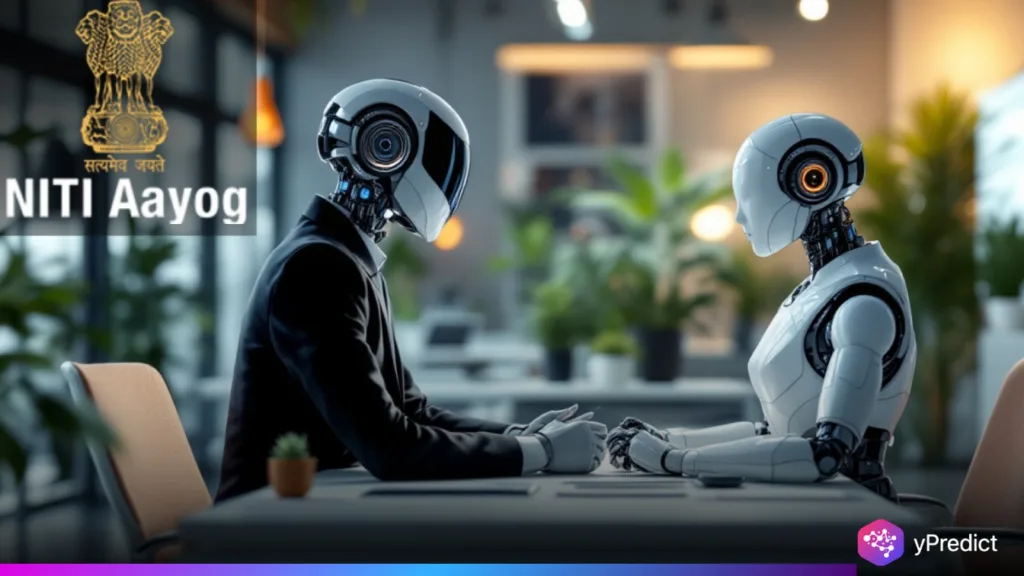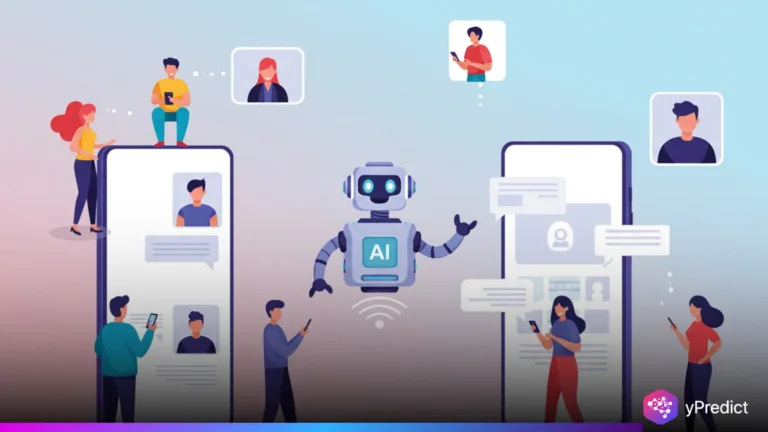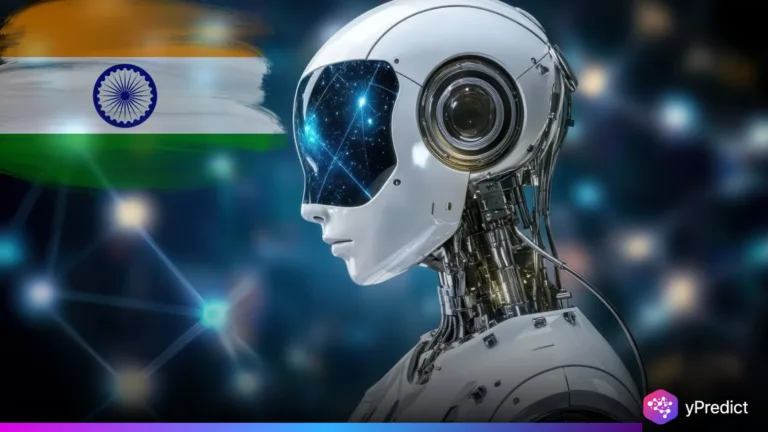
The X post by @MeghUpdates, shared on October 11, 2025, at 04:26 UTC, spotlights a crucial new report from NITI Aayog titled “Roadmap for Job Creation in the AI Economy.” Released in October 2025, the report warns that around 2 million jobs in India’s $245 billion technology and customer experience (CX) sectors could be affected by 2031. The post includes an image of an AI brain network, symbolizing both innovation and uncertainty. As of 11:56 AM IST, this issue dominates debate on X. India’s AI transformation, NITI Aayog argues, will bring both disruption and opportunity, depending on how quickly workers adapt.
AI Disruption and Labor Impact
According to NITI Aayog, automation powered by AI is set to replace many routine roles across IT support, basic coding, and quality assurance. These entry-level positions have long powered India’s outsourcing and CX economy. But global clients are shifting priorities, from labor cost to innovation speed. That shift is pushing India toward a skills-driven future.
NITI Aayog’s report mirrors global forecasts. McKinsey’s 2023 study predicted that 45 million jobs would be displaced worldwide by 2030, with even more created if nations invest in training. India faces a similar scenario. The report notes that the country’s 9 million tech professionals must evolve or risk stagnation.
Yet, there’s optimism. The report proposes a National AI Talent Mission, an ambitious plan to reskill 5 million workers over a five-year period. If successful, it could create 4 million new roles in AI ethics, data analytics, cloud integration, and machine learning operations. In simple terms, NITI Aayog envisions a shift from repetitive coding to strategic AI orchestration. The question remains: can policy keep pace with technology?
Public Response and Economic Reality
Reactions to NITI Aayog’s projections are mixed. Some X users, like @jasuja, call the “2 million job loss” forecast exaggerated, demanding evidence beyond models. Others, including @2_F_I_B, see it as a necessary warning. They argue that reskilling could turn India into a global AI hub by 2035.
Economic concerns persist. Users cite layoffs at major IT firms such as TCS, where 20,000 employees were let go in Q2 2025, as early signs of change. NITI Aayog acknowledges these risks but stresses that the problem is structural, not temporary. India’s IT boom relied on low-cost human labor; AI now demands creativity and adaptability.
Some users draw connections between automation and macroeconomic trends, like de-dollarization or capital flow limits, suggesting deeper economic tremors. Meanwhile, @iPraVyn’s comment sums up the report’s spirit: “You won’t lose your job to AI; you’ll lose it to someone who knows AI.” This evolving narrative reflects NITI Aayog’s broader intent to move the national conversation from fear to readiness. The challenge is not avoiding AI, but mastering it.
Conclusion
The October 2025 post and report mark a turning point for India’s digital economy. NITI Aayog has laid out both the risks and the roadmap. 2 million jobs could fade, but millions more can emerge through reskilling and innovation. Success will depend on fast execution, government-industry coordination, and realistic workforce training. The X discussion shows a nation alert to what’s coming: a race between automation and adaptation. By February 2026, pilot programs under the National AI Talent Mission are expected to launch. Whether India can turn disruption into progress will define its next decade of growth.






